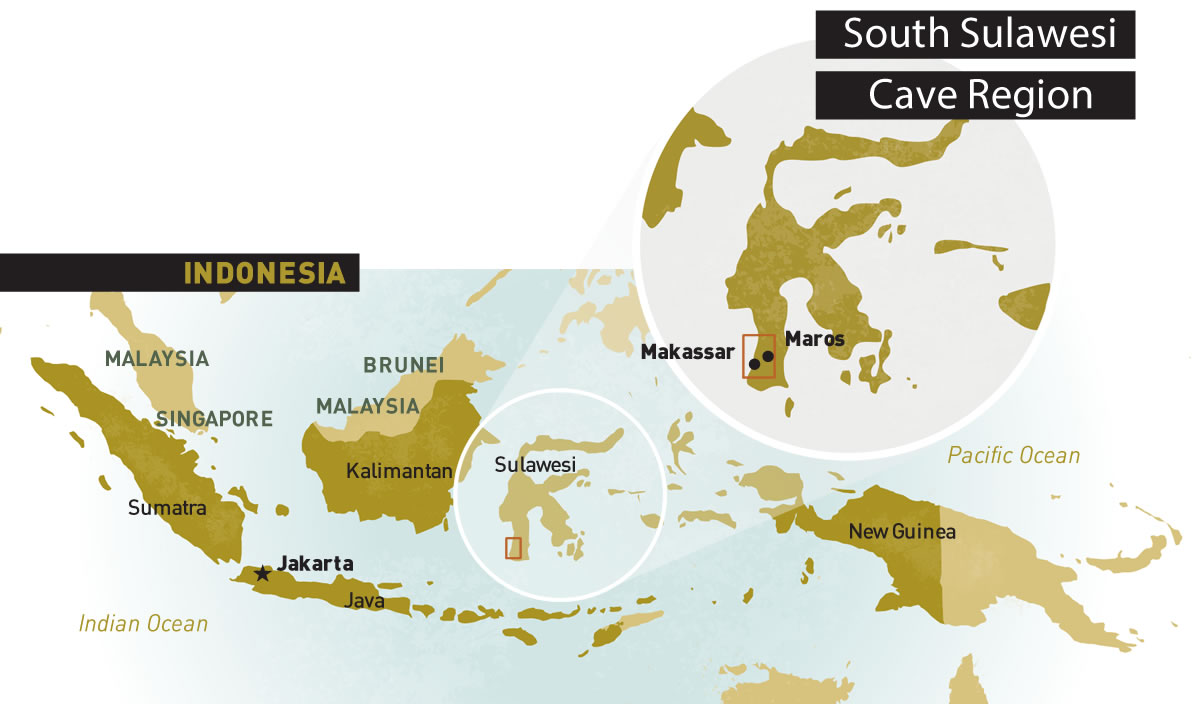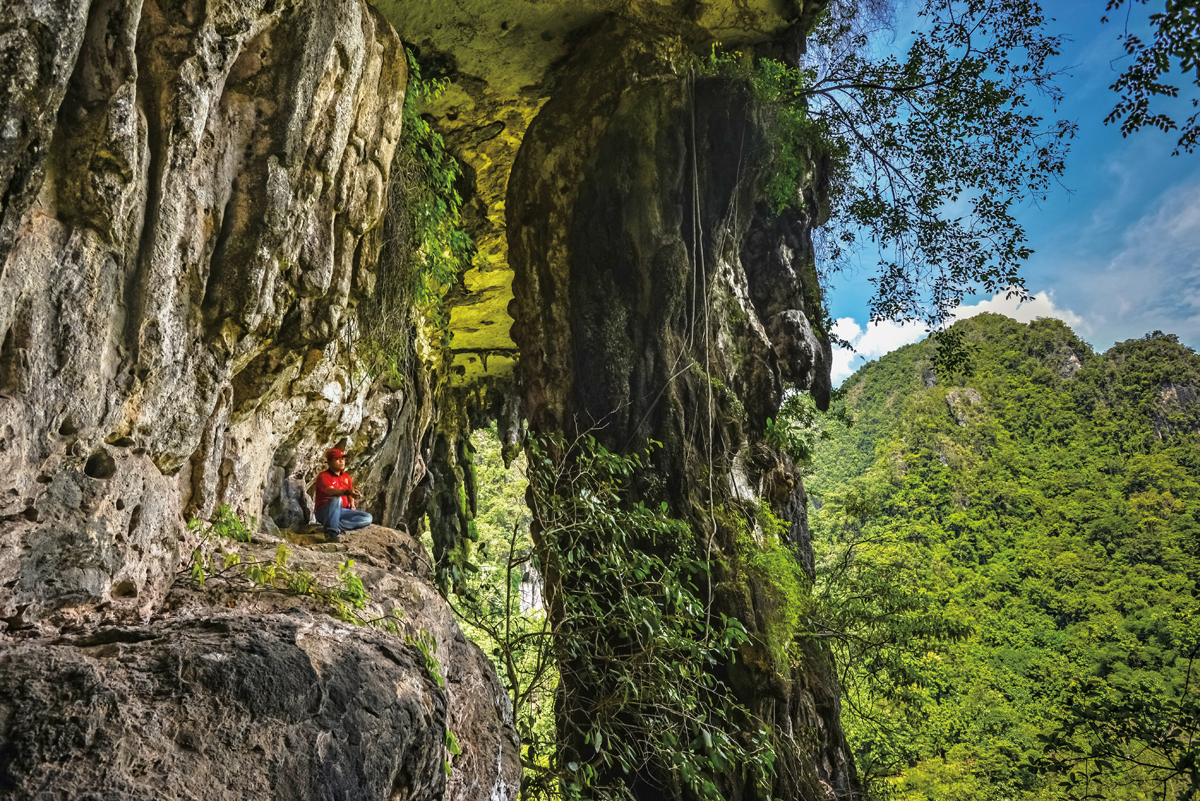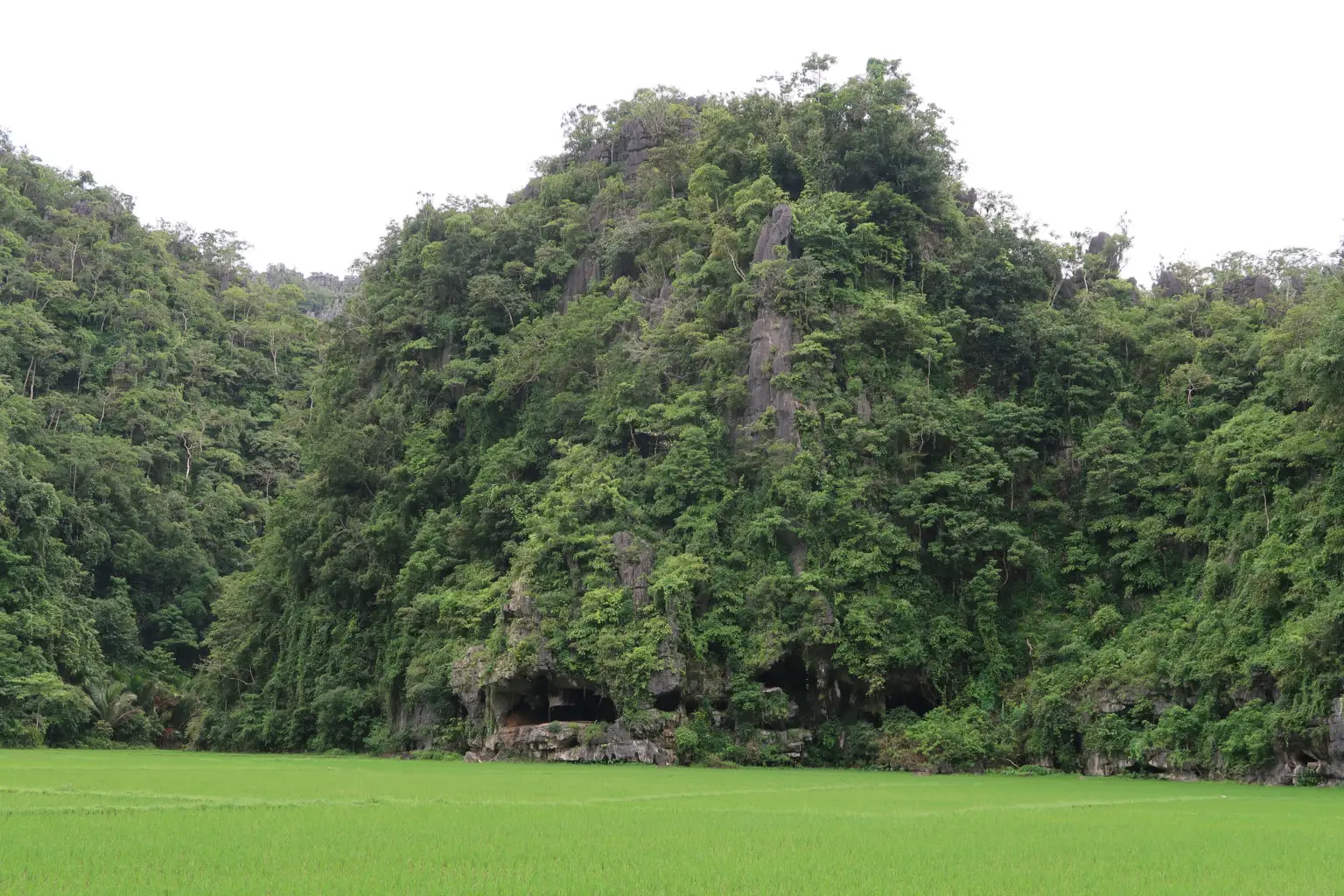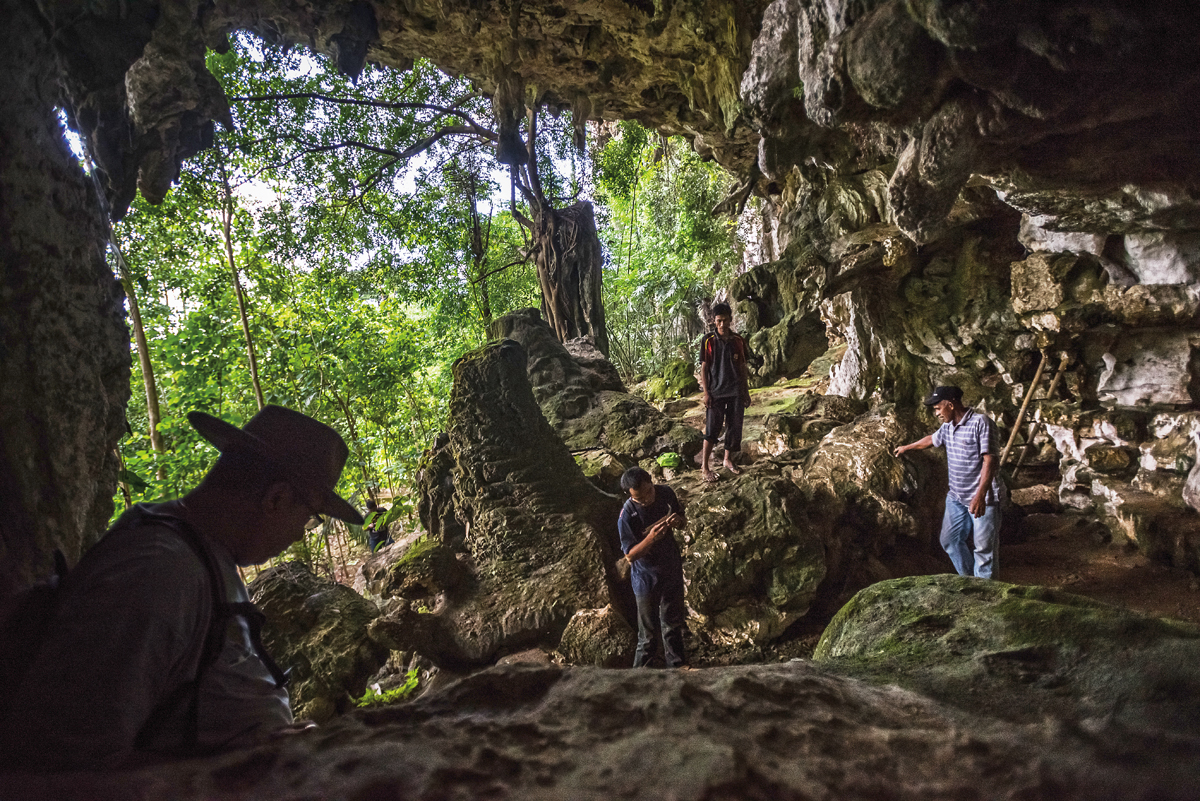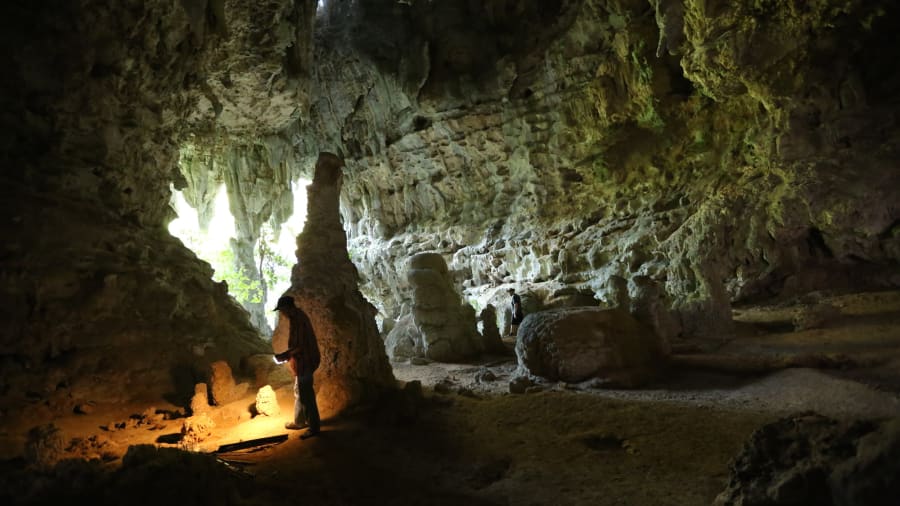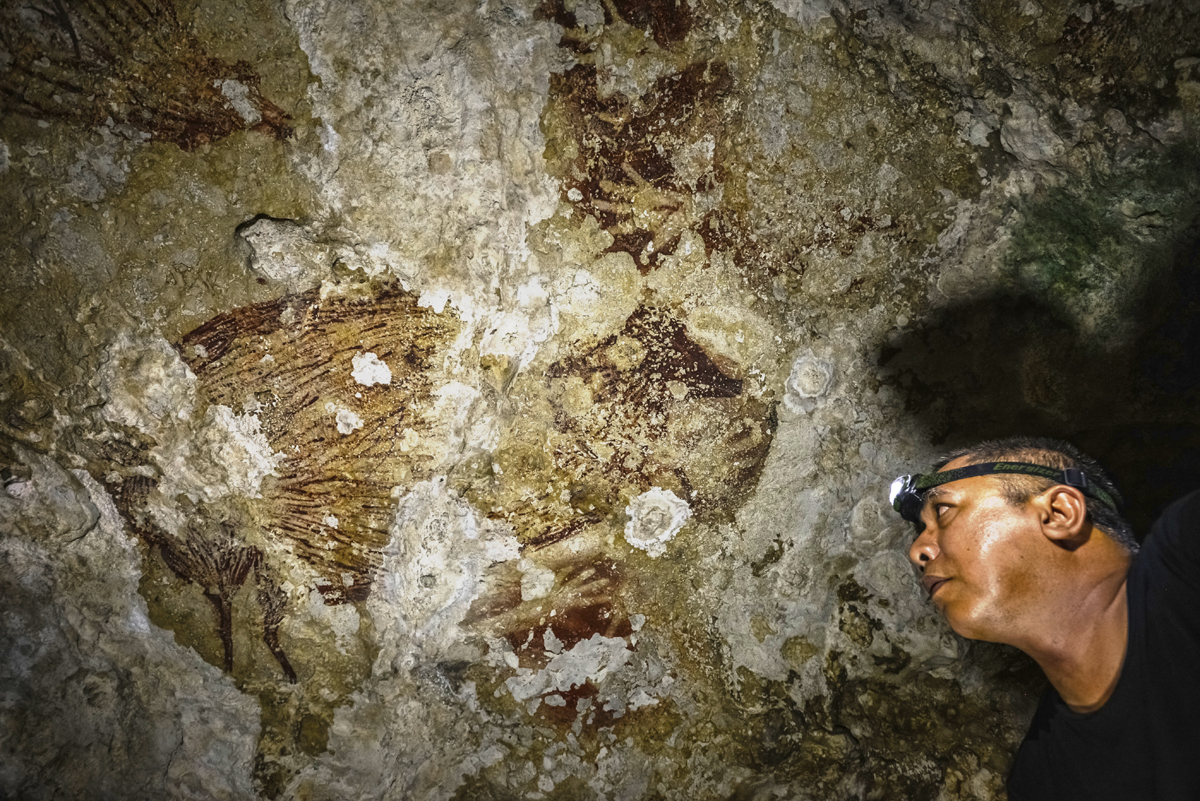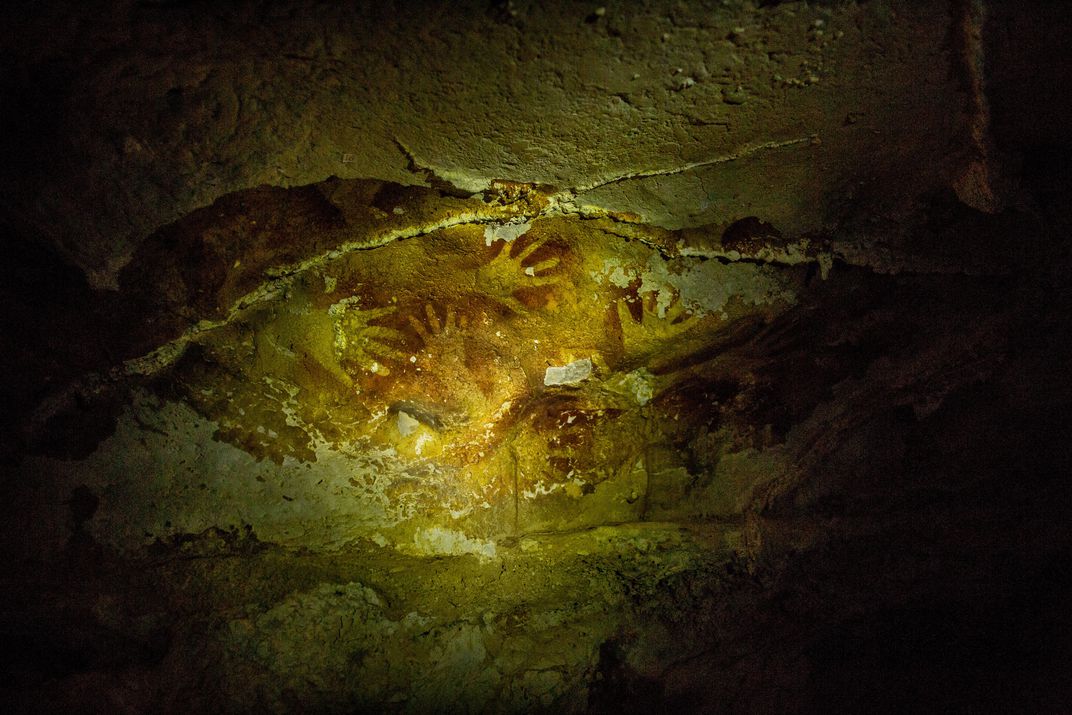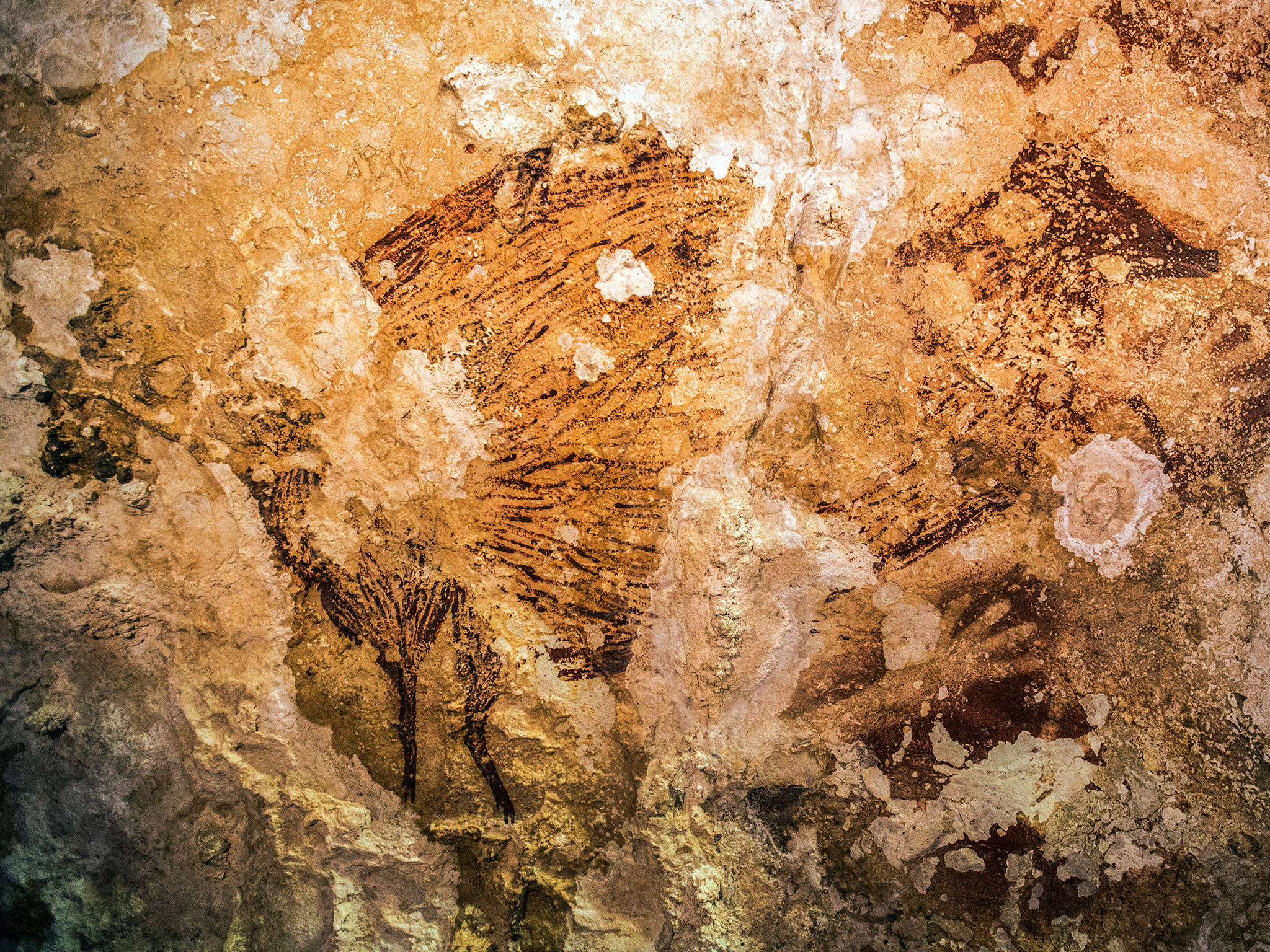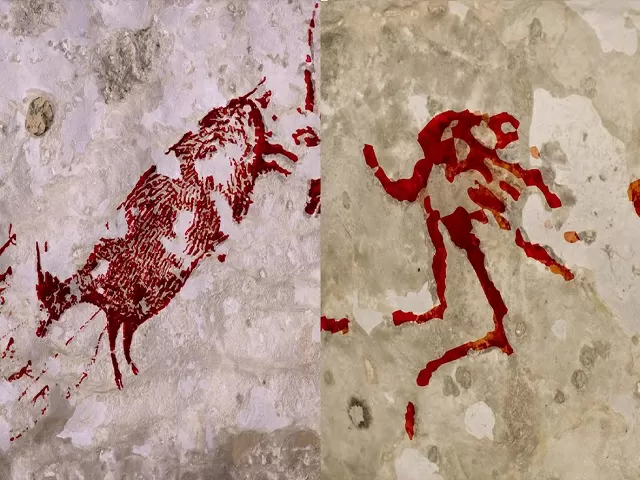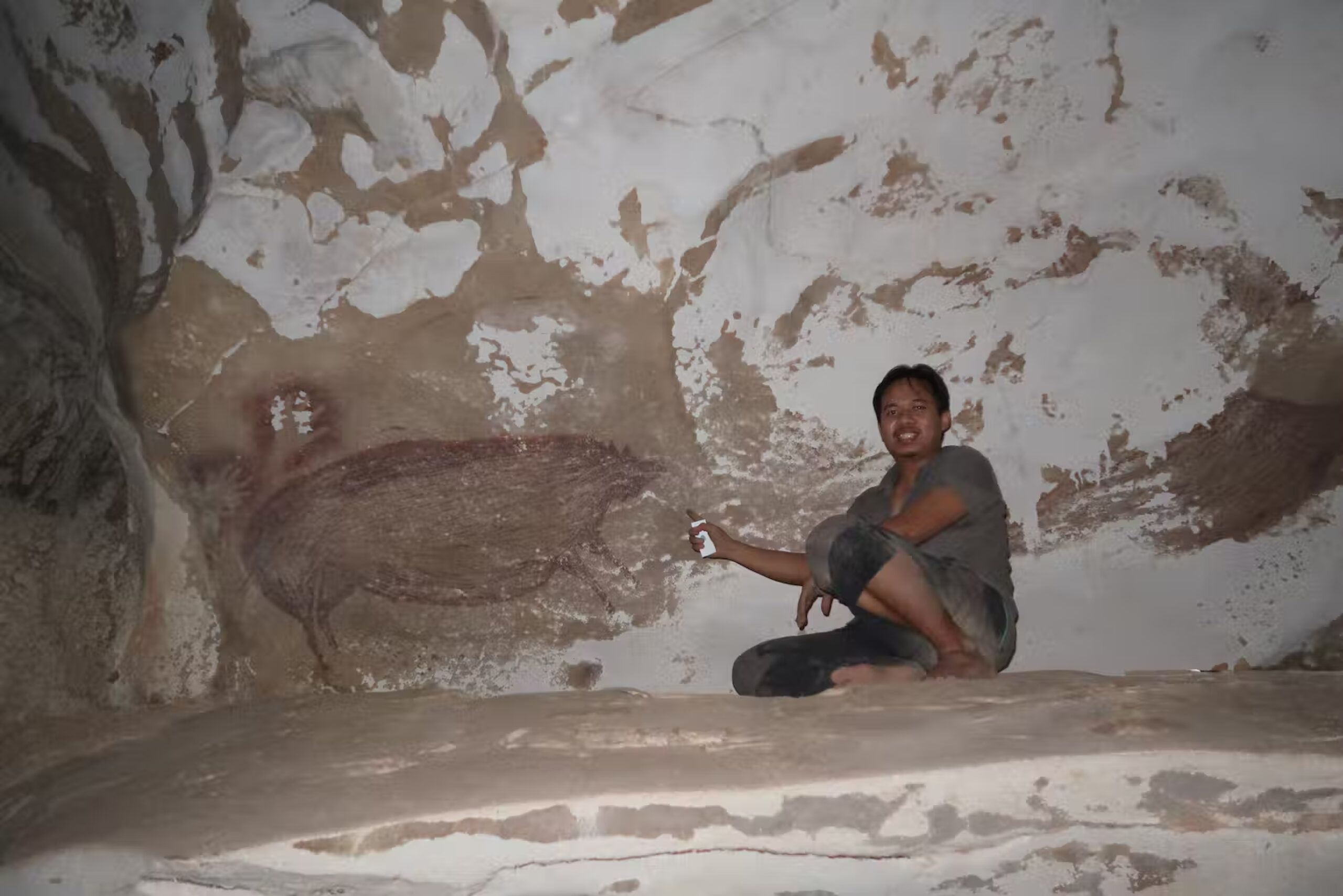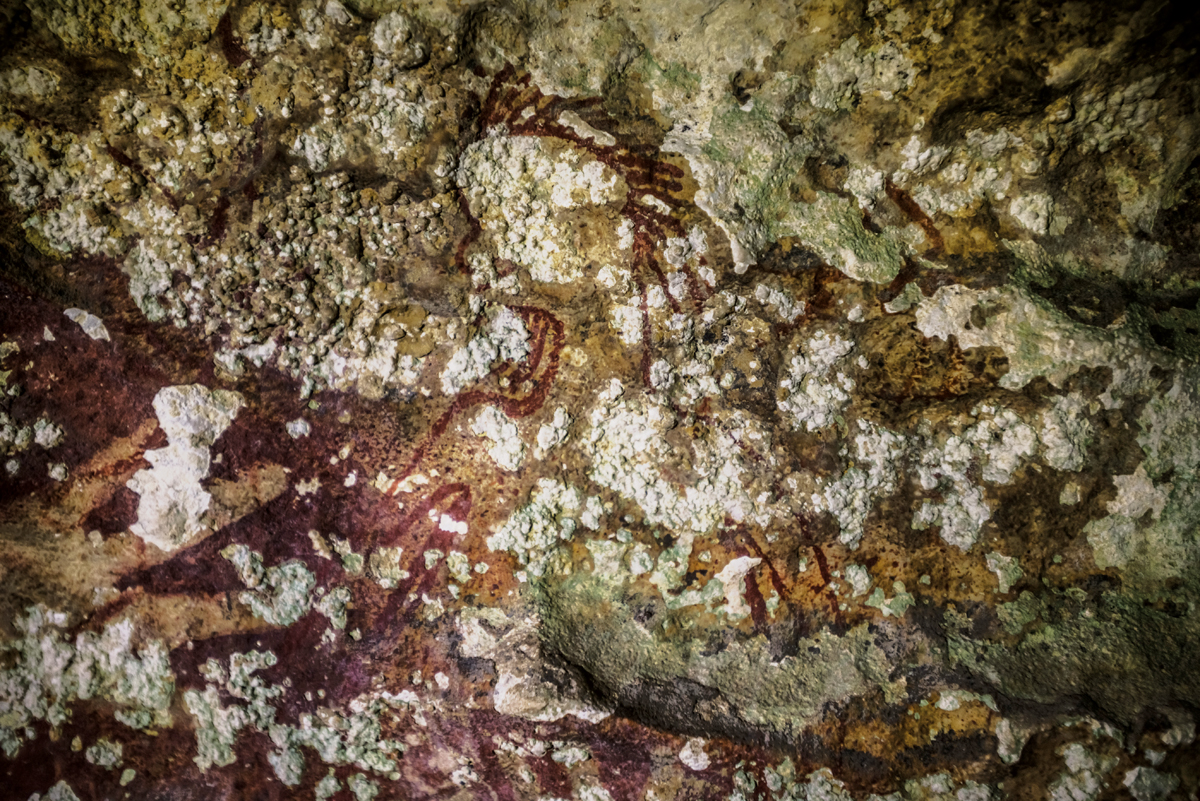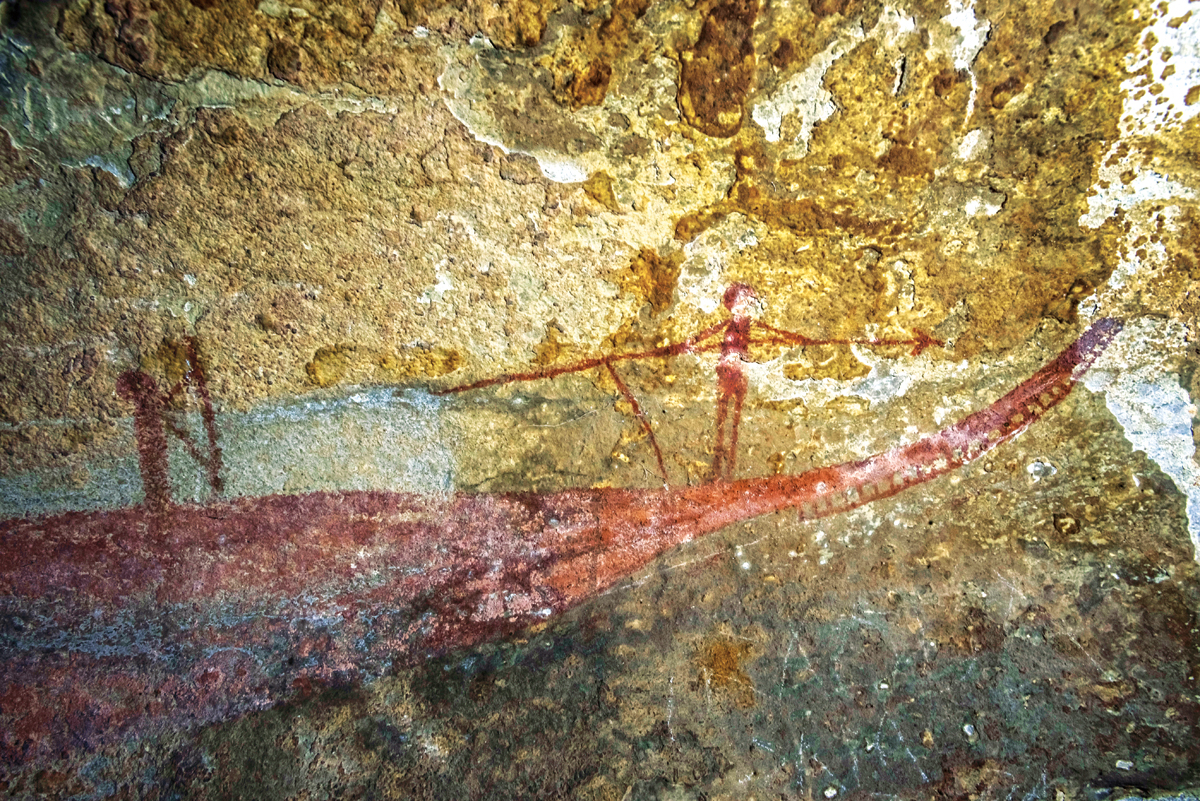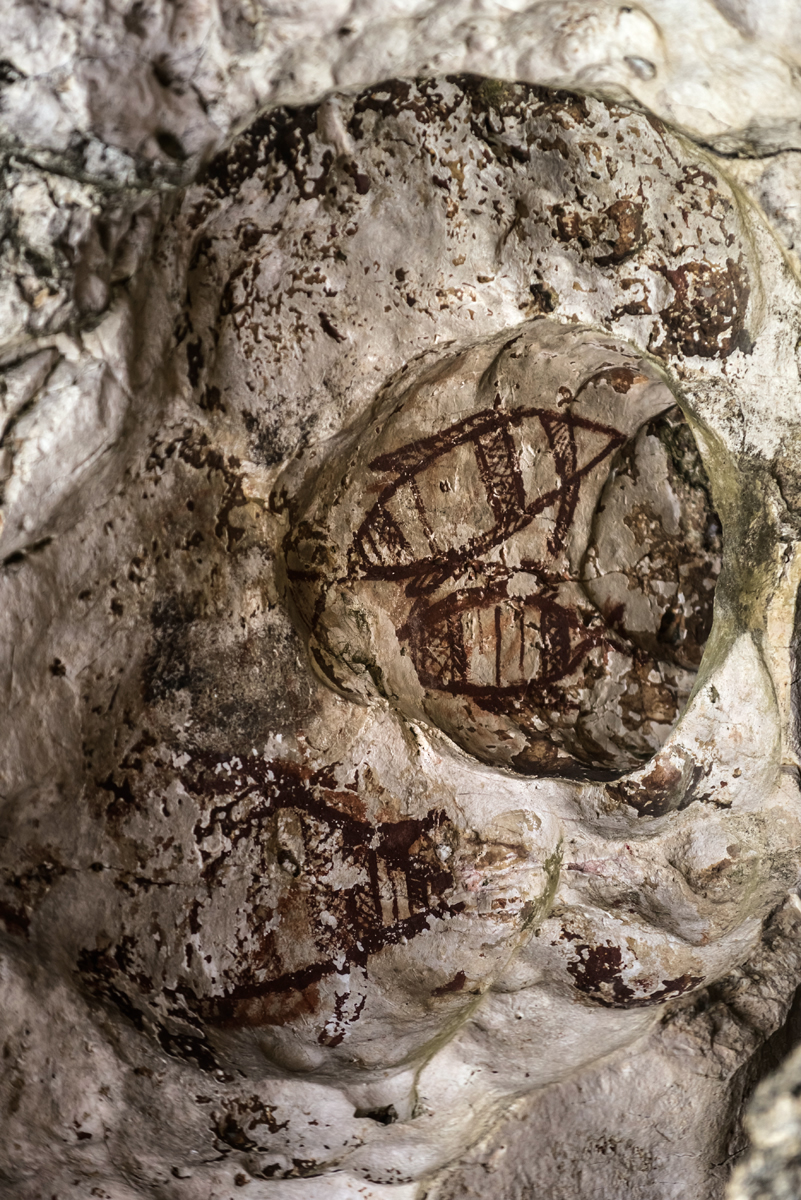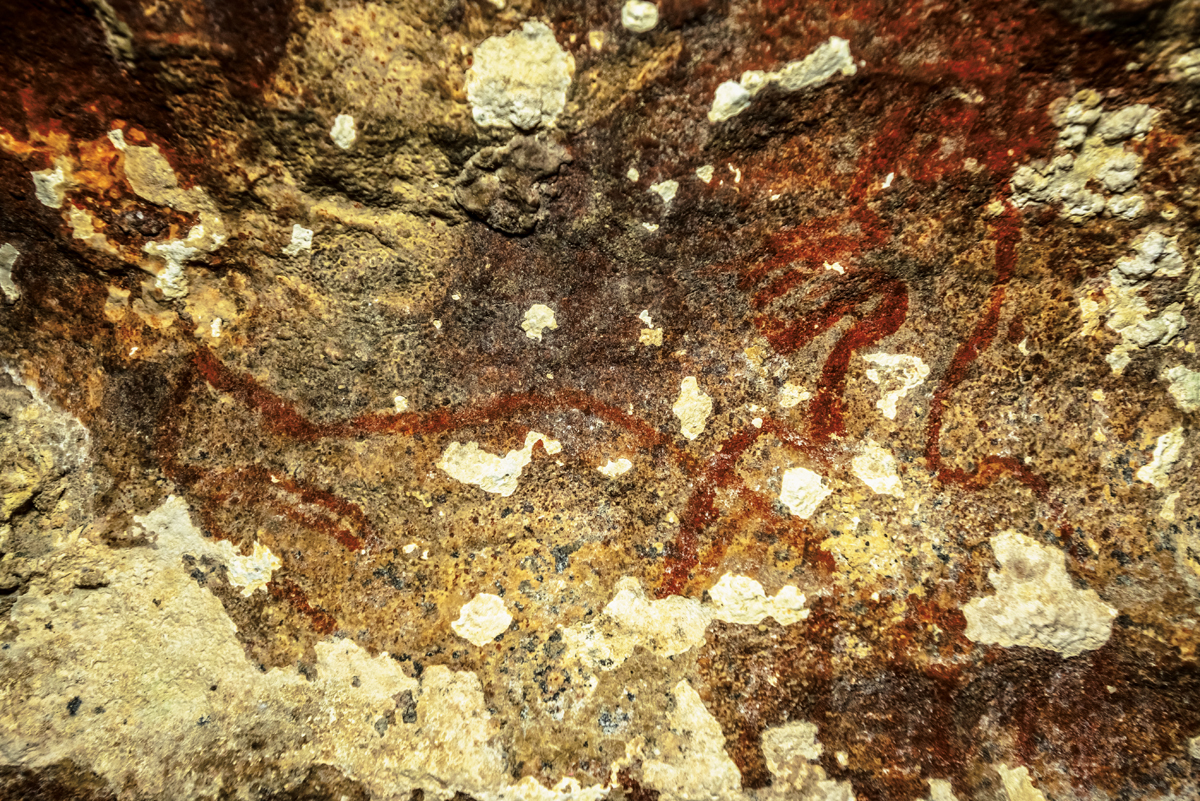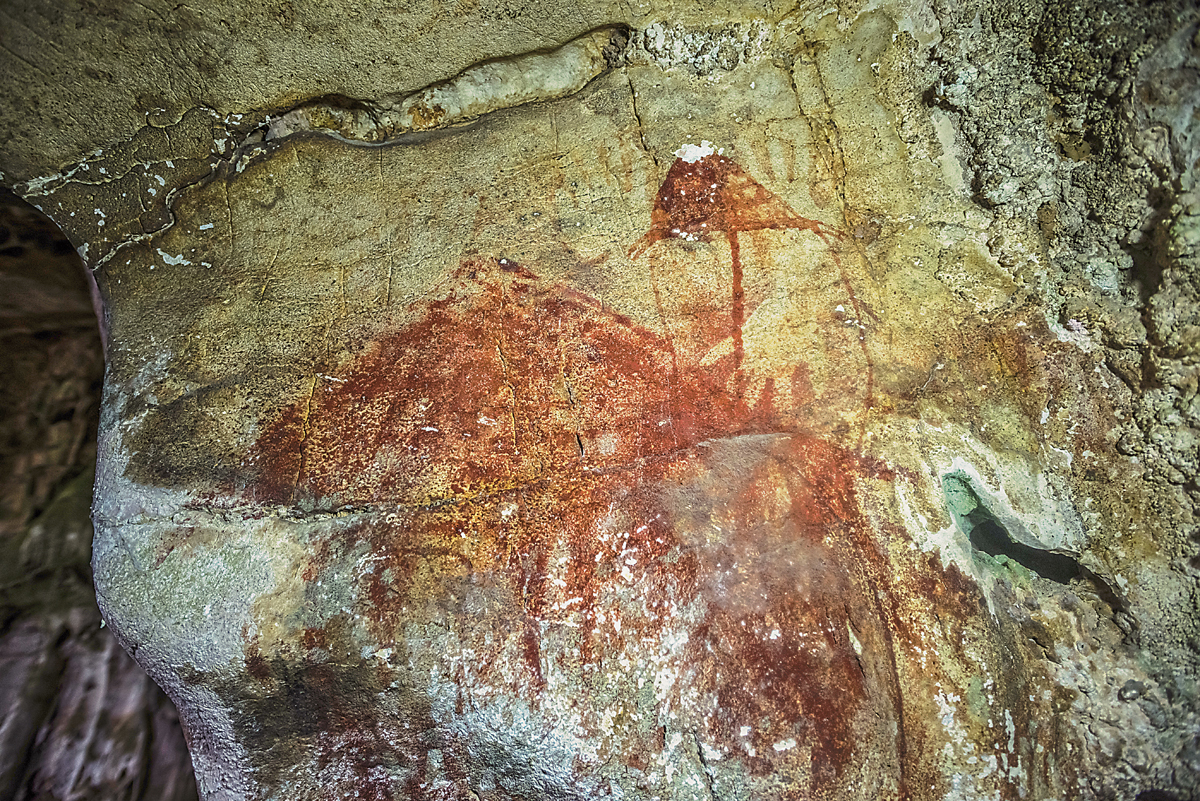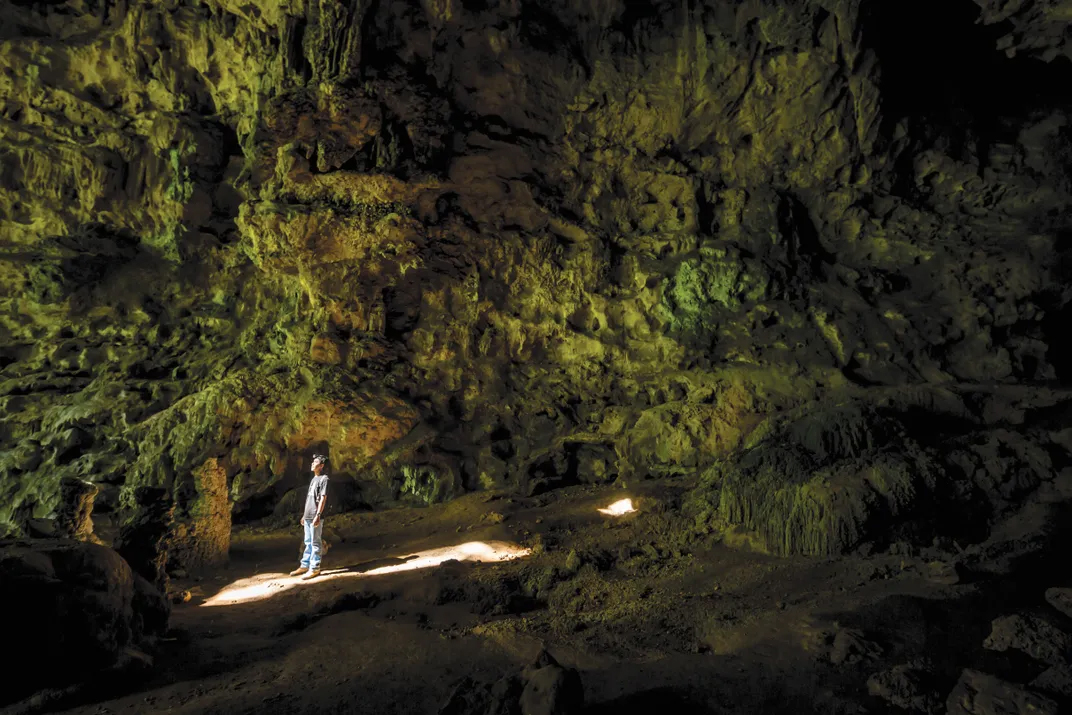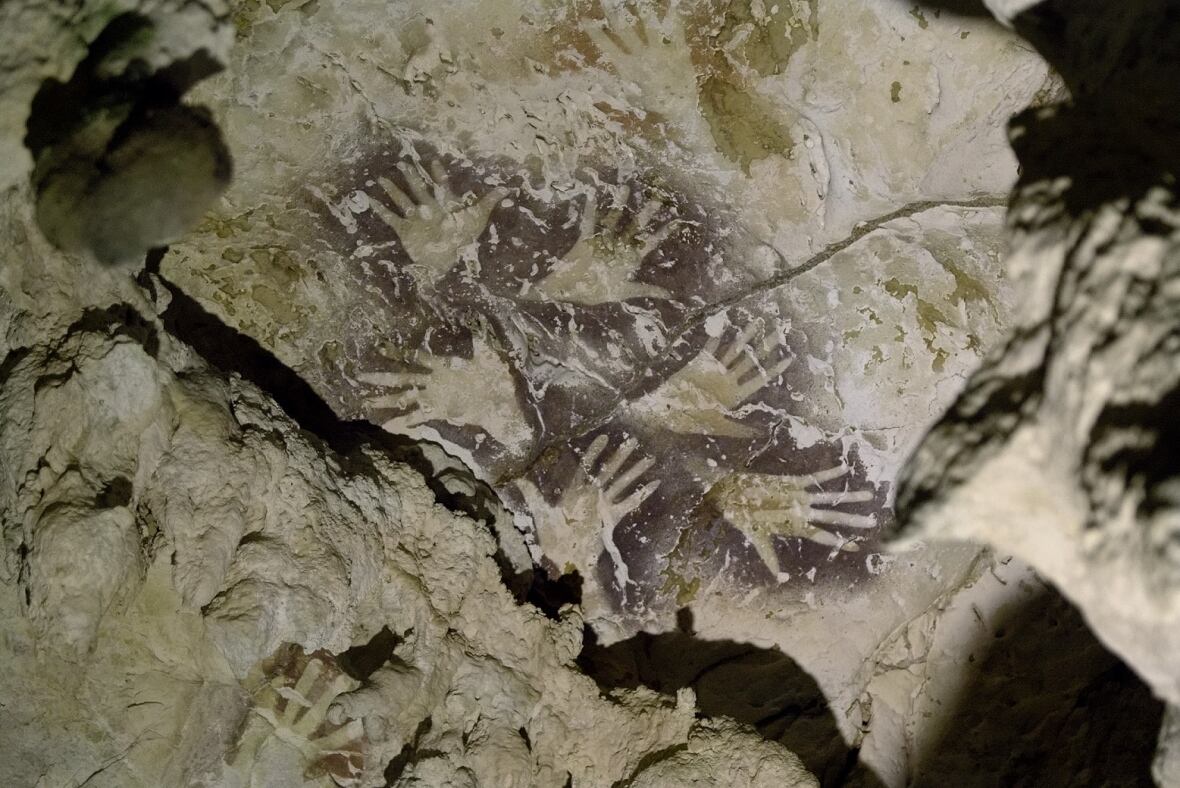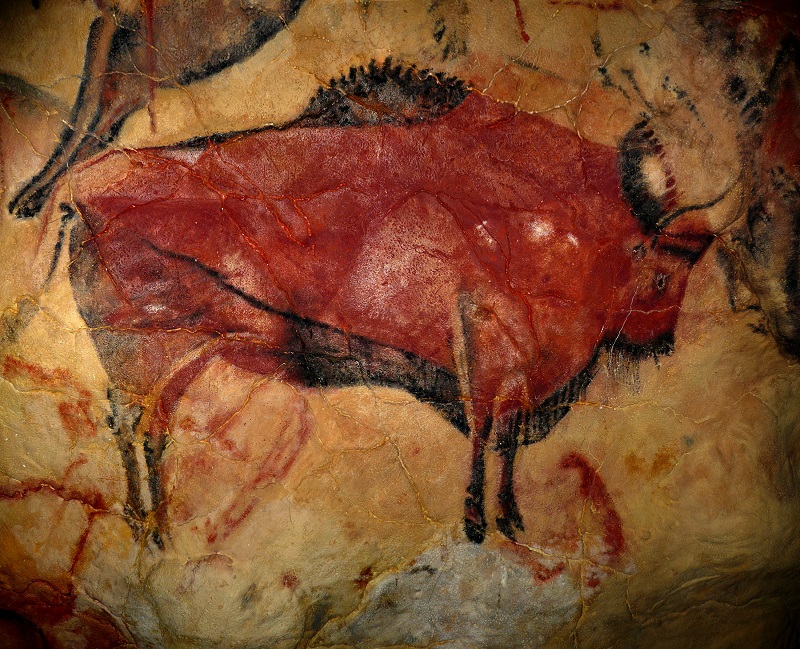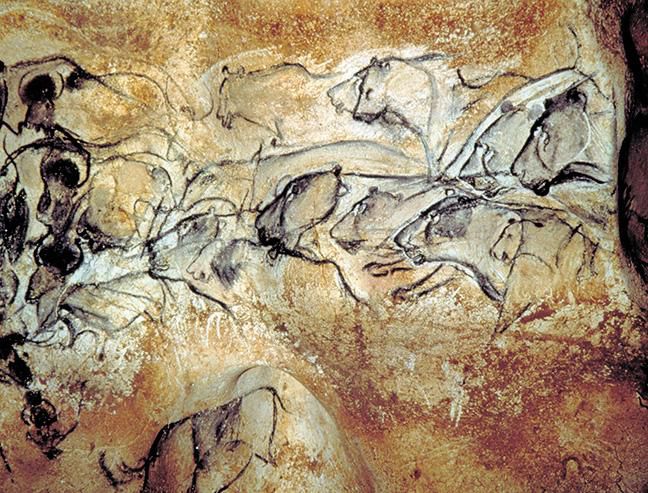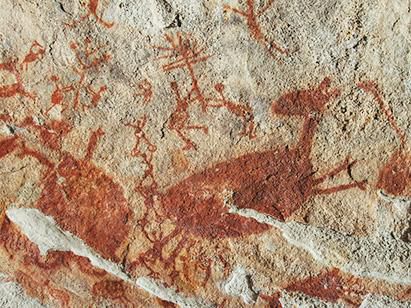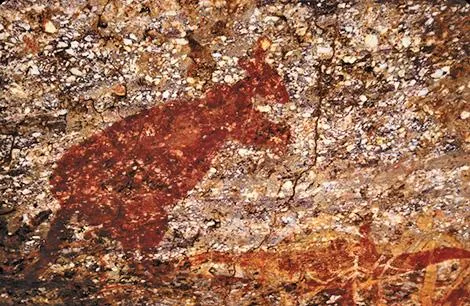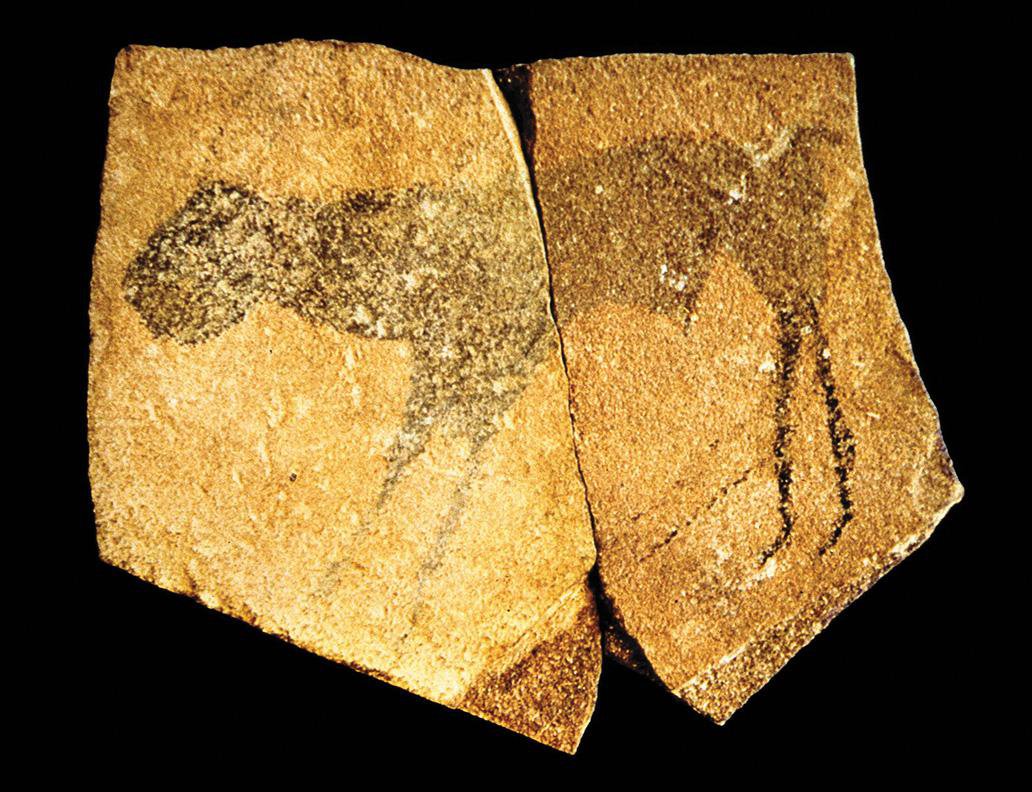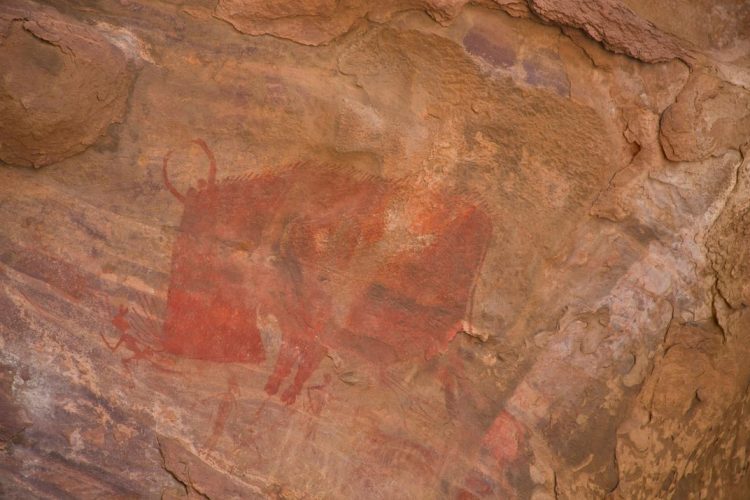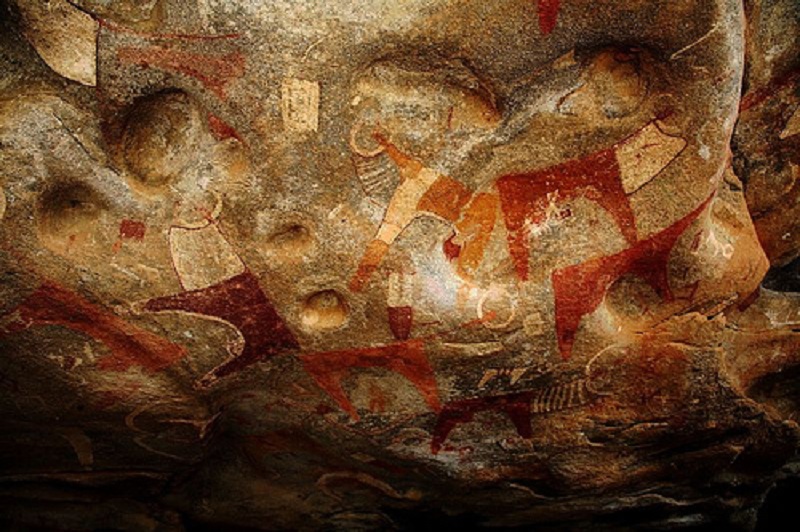PATTERN 3
NO WHERE DOES ONE COME ACROSS STICK FIGURES ATTACKING OTHER STICK FIGURES OR A BIGGER STICK FIGURE LORDING IT OVER OTHER SUITABLY SMALLER STICK FIGURES

"We left Africa because we wanted to be explorers. We wanted to go on quests together. There was so much to discover."
Cave complexes on the island of Sulawesi provide a glimpse into the everyday lives and traditions of our ancestors 50,000 years ago as they sit around the fire to cook and eat, chat, make tools, and mix paint together. The ocher and charcoal drawings of animals on walls and ceilings come alive in the flickering firelight every night captivating their imagination. It is in the flickering firelight night after night they glimpse the many possible futures and so comprehend the power of choice. In comprehending choice they inadvertently discover free will.
Our ancestral caves fill with paintings and hand stencils not only because they made beautiful visuals to be surrounded by but also because the act of making them together would have been fun and so made for a happier community. And furthermore, the daily act of contemplating them would have helped our ancestors make sense of the natural world and in the process discover their own place in it.
Some of the recently dated cave paintings sites at 125 separate locations in the Maros-Pangkep karst cave complex on the island of Sulawesi, Indonesia are at least 45,500 years old. With an entrance high above the ground to keep predators away, the walls and ceilings of the cave have life-like renderings of animals in red ochre and black charcoal, and scattered all around them are hand stencils - some hands with fingers bent or missing. There is one made by a two-year-old.
Dating the oldest hand stencils 39,900 and the youngest 27,200 years old, we know that these caves were continuously occupied for at least 13,000 years and continue the tradition of using hand stencils to mark and strengthen their community. This tradition is still prevalent in Indonesia, Australia, and, some countries in Asia, and Africa. In Papua New Guinea, people express their grief at the loss of a loved one by cutting off a finger.
Ancient cave paintings have been found in India, Burma, Mongolia, Malaysia, and Thailand in Asia - Spain, France, Germany, Bulgaria, Romania, and Russia in Europe - Somalia, Eritrea, Libya, Chad, Algeria, Egypt, South Africa, and Namibia in Africa, and California in the US, and Brazil in South America dating between 10,000 to 40,000 years old. The common theme across all these cave paintings is that they are observations of local animals in ocher and charcoal dots and dashes pointing to these actions being a continuation of a common tradition and to the tradition having a single point of origin.
In Sulawesi caves, there are action shots, a woman with cool spiky hair dragging a lassoed anoa (a buffalo-like creature) and then there are 2 figures on a boat - one paddling while the other one is spearfishing. There are life-like renderings of a pelican, a manta ray, a turtle, a centipede, and a pair of fish. Nowhere does one come across stick figures attacking other stick figures nor does one run into a bigger stick figure lording it over other suitably smaller stick figures. These paintings point to a world free of dogma and its accompanying justification for a hierarchical system.
Ancient Cave Paintings, Maros-Pangkep Cave Complex, Sulawesi, Indonesia
Buffalo being hunted by a mythic half human half animal figure in Leang Bulu'Sipong 4 cave, oldest story and the first sighting of a centaur
Ancient Cave Paintings Sites Around the World
Sources
NewScientist - World's oldest hand stencil found in Indonesian cave by Catherine Brahic
NewScientist - Lost art of the Stone Age: The cave paintings redrawing human history by Alison George
World of Paleoanthropology - New Analysis of Foot Prints Found at Laetoli!
Smithsonian - A Journey to the Oldest Cave Paintings in the World by Jo Marchant
Guardian - Cave art and harpoon tips show African roots of our creative genius by Robert McKie
Brewminate - A Journey to the Oldest Cave Paintings in the World by Jo Marchant
Wikipedia - Caves in the Maros-Pangkep karst
